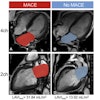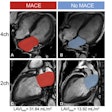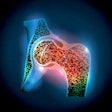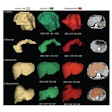The American College of Radiology (ACR) payer relations team has contested a new bundled payment policy for 3D radiology services that went into effect in February.
The college's arguments emerge from some of the differences in payer attitudes toward advanced postprocessing imaging services.
At issue is Blue Cross Blue Shield (BCBS) of North Carolina's determination that 3D rendering of imaging services (specifically current procedural terminology [CPT] codes 76376 and 76377) are “integral to the primary service” and not separately reimbursable.
"These codes represent distinct services that provide added clinical value, require additional time as well as dedicated resources and specialized expertise, are not inherently performed with every imaging study, and, as in the case for code 76377, require personal supervision by the radiologist during the performance of the procedure," stated ACR Payer Relations Committee Chair Richard Heller, MD, in a letter to BCBS of North Carolina.
Physician work includes image segmentation, adjustment of the projection and shading of the 3D renderings to optimize visualization of anatomy or pathology, comparison to the base 2D images and to all pertinent available prior studies, and discussion of surgical implications with referring physicians, Heller's letter explained.
Also, the existence of specific CPT codes for 3D rendering affirms their status as standalone procedures, Heller said, adding that reimbursement is consistent with Centers for Medicare and Medicaid Services (CMS) policy and commercial payer precedents.
The update applied to both professional and facility services and the Commercial and Federal Employee Program (FEP); 3D mammography services, Inter-Plan Program (IPP) Home, and Medicare Advantage were not impacted, BCBS of North Carolina said with the policy update.
Read the August 21 ACR bulletin and Heller's letter.



















